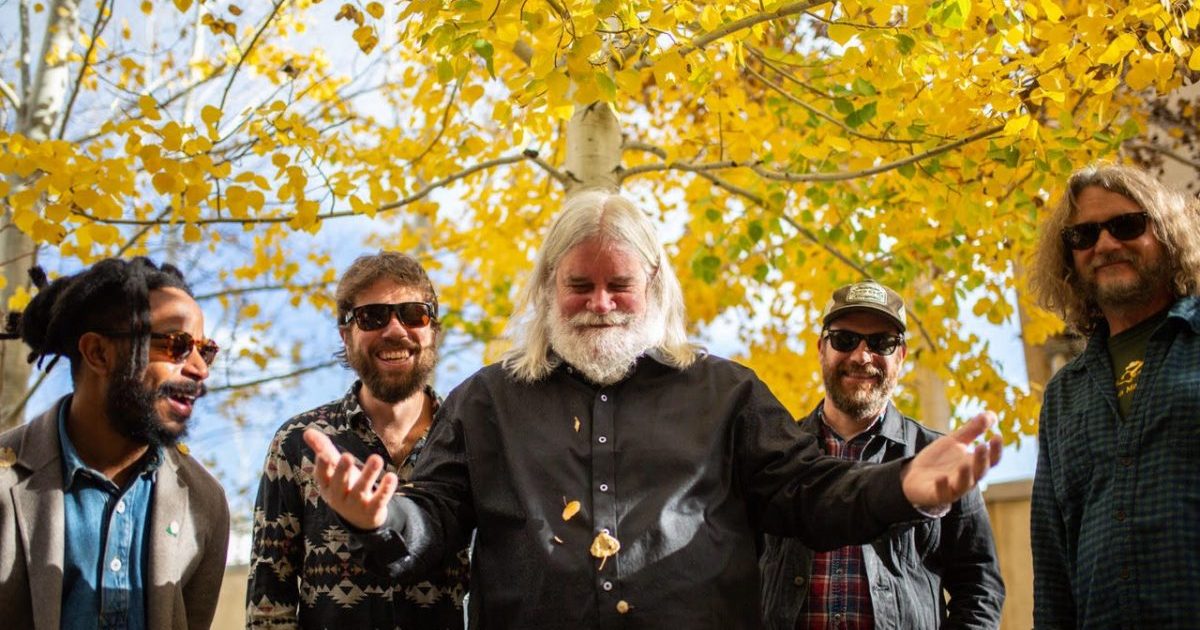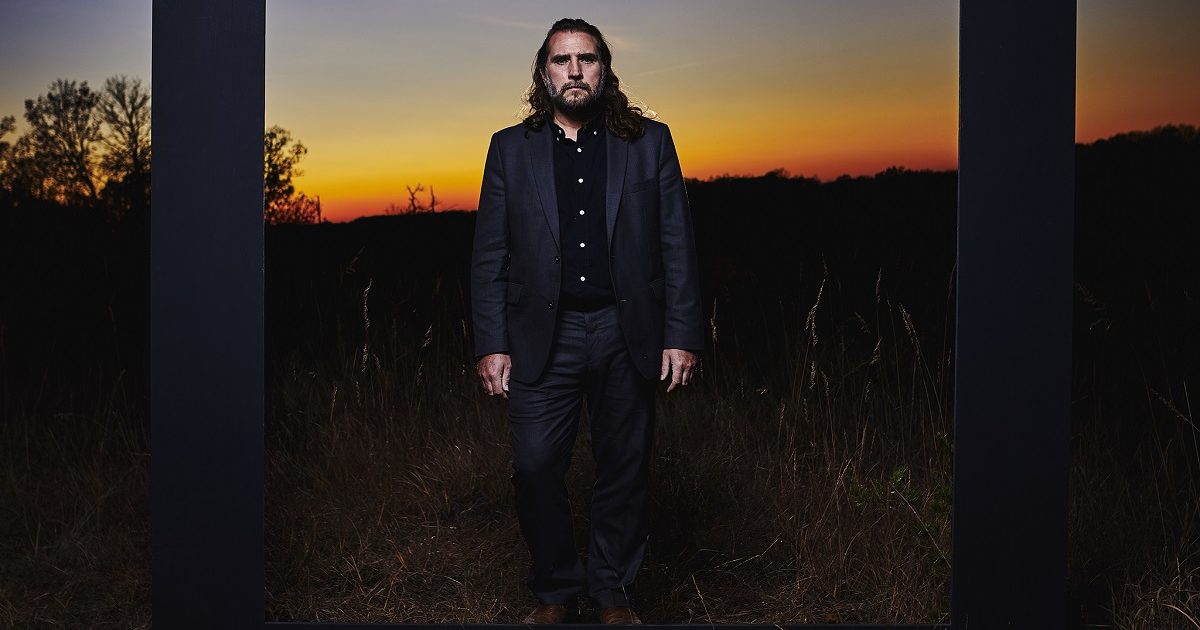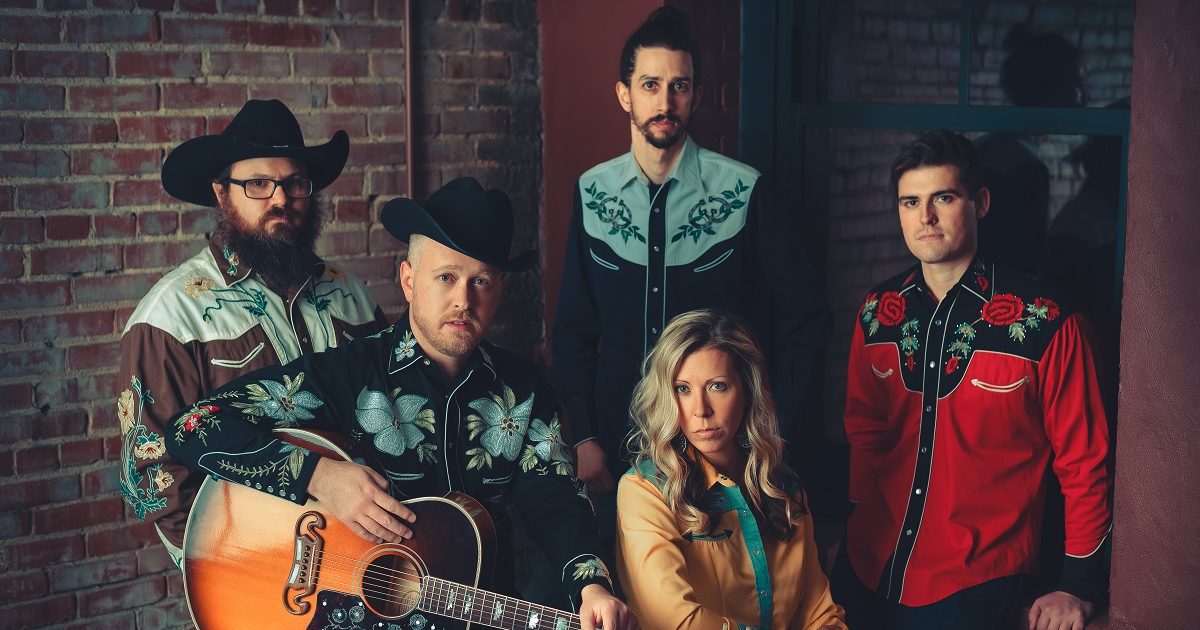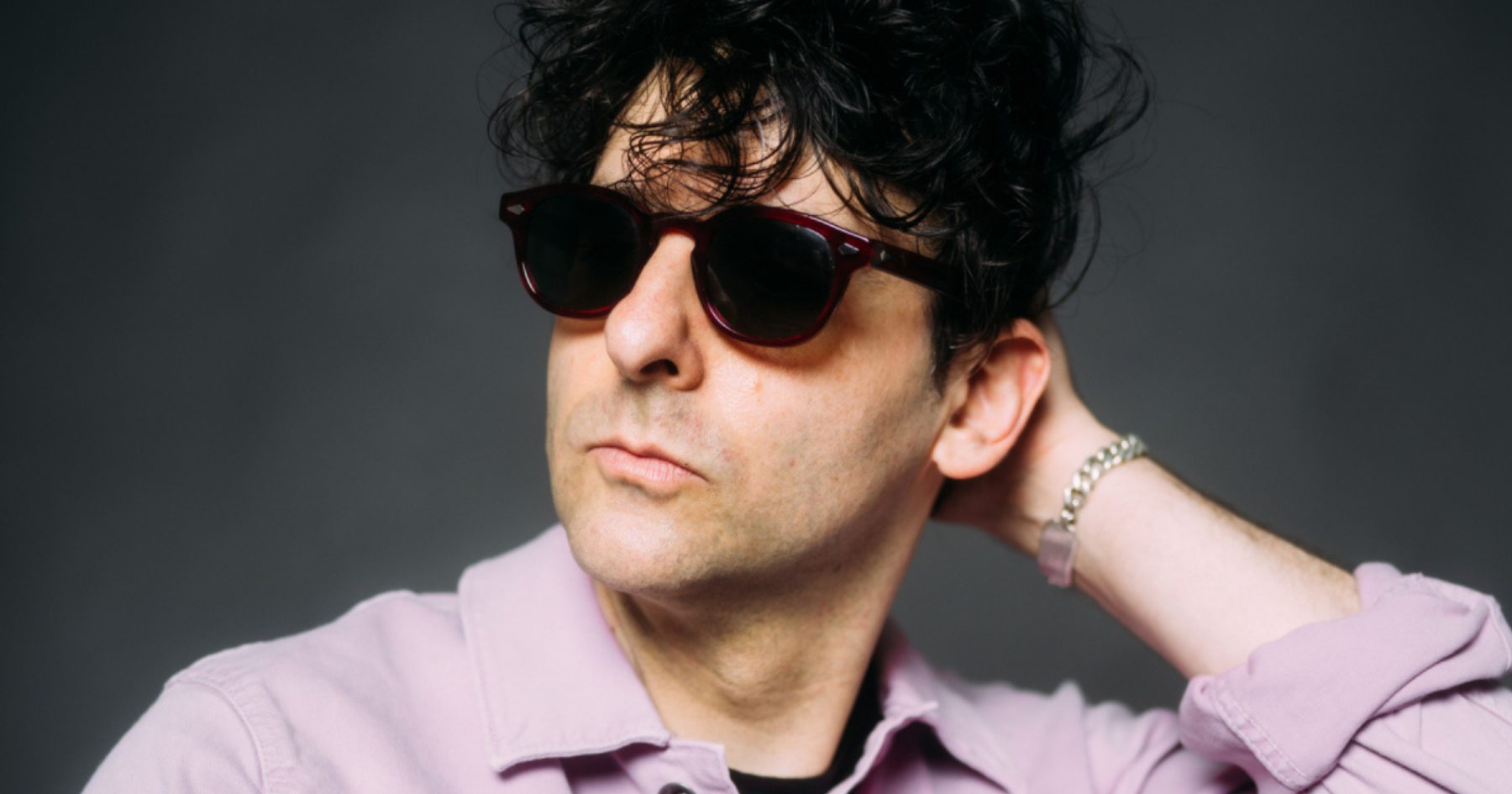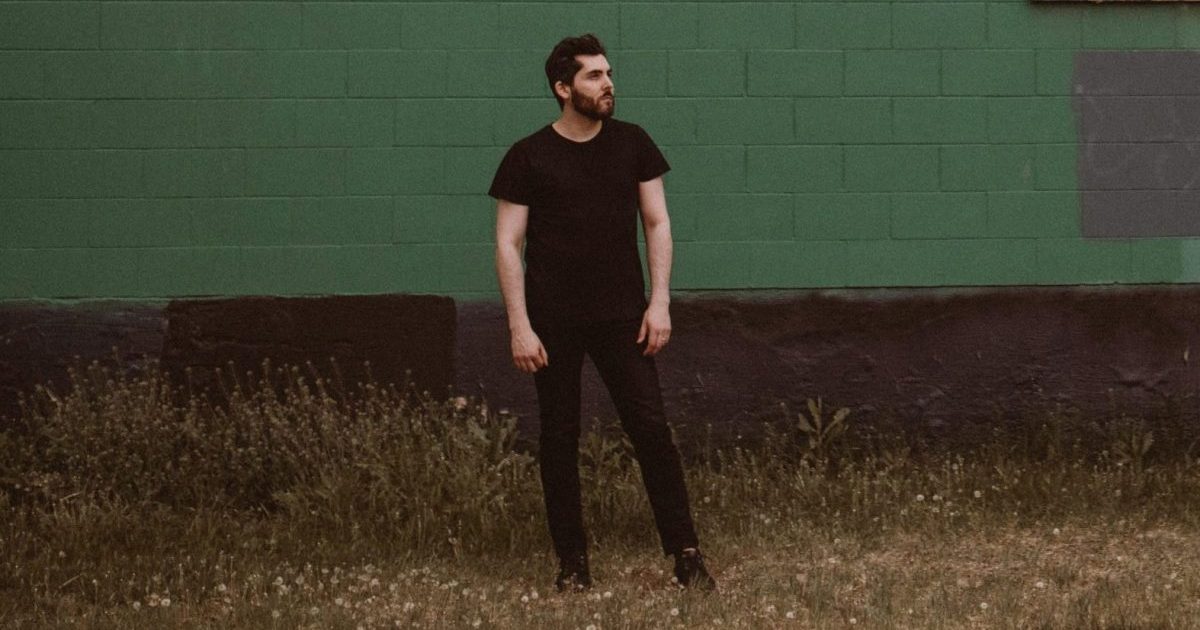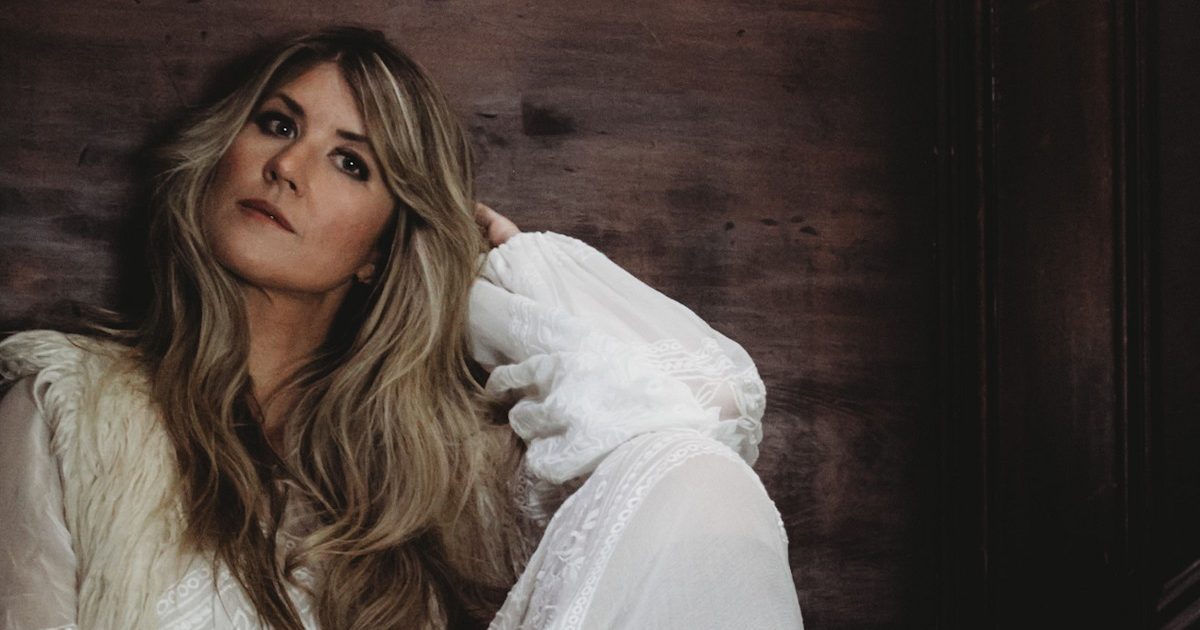This week, The Show On The Road celebrates the newest record by Charleston’s hellion harmonizers, Shovels & Rope, with a new conversation with the married duo of Michael Trent and Cary Ann Hearst.
LISTEN: APPLE PODCASTS • SPOTIFY • STITCHER
You’d be hard-pressed to find two harder working singer-songwriters than this prolific duo, even before they got together to record their honey-voiced self-titled debut over a decade ago. Thinking it was just a sonic souvenir before they split off again to pursue their barnstorming bar-band solo careers, their human hearts and some encouraging listeners had other plans, convincing them to keep creating as a team. They’ve been off to the races ever since — making five acclaimed records of originals beginning with O’ Be Joyful and following with three gritty covers albums with collaborators like Lucius, Shakey Graves, Brandi Carlile, The War & Treaty, and more.
Shovels & Rope’s newest cover project, Busted Jukebox Volume 3, which dropped on February 5 via Dualtone Records, is a new experiment. You could say it’s an angsty rock record for kids or maybe it’s an homage to the yearning, defiant, ever-hopeful teenager in all of us. With indie-darlings like Sharon Van Etten sitting in on standouts like the Beach Boys’ “In My Room” and Deer Tick joining a rollicking version of the Janis Joplin favorite “Cry Baby,” like a good Pixar animated flick, this collection has just as much to offer Mom and Dad as it does for the kiddos.
If you’ve seen Shovels & Rope live, you’ll notice that Trent and Hearst often face each other, not the audience; their eyes never seem to leave each other. Almost all their songs, like the award-winning favorite “Birmingham,” include spot-on harmony and intensely-focused unison singing. Somehow they create a blisteringly big sound despite always remaining a duo. Even on the biggest stages, from Red Rocks to their own acclaimed festival High Water Fest (set in their longtime South Carolina home base), they stick to their simple but potent formula. Switching back and forth between jangly and crunchy guitars, humming keyboards and pounding piano, hopping from sweat-strewn stripped-down drum kits to aching accordions, their joyous garage-rock Americana keeps gaining them new fans worldwide.
If you’re stuck at home and have kids running rowdily through your house like Shovels & Rope do, (this taping had to be rescheduled three times), maybe try turning on Busted Jukebox Volume 3 nice and loud and see what little ones think. Or just put them to bed and rock out yourself!
Stick around to the end of the episode to hear Shovels & Rope present the sweet campfire jam “My Little Buckaroo” featuring M. Ward.
Photo credit: Mike Crackerfarm
